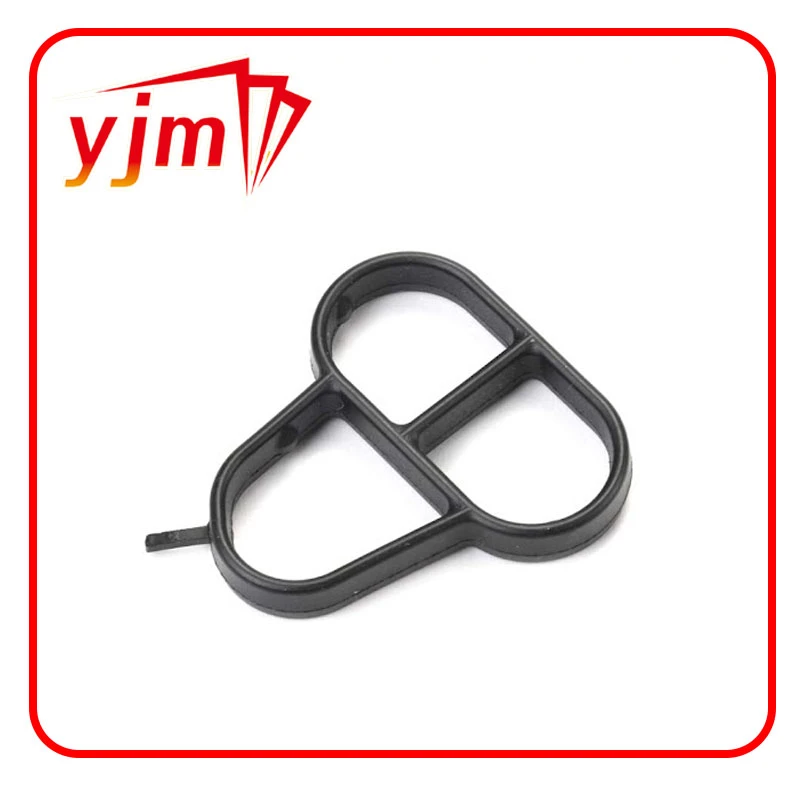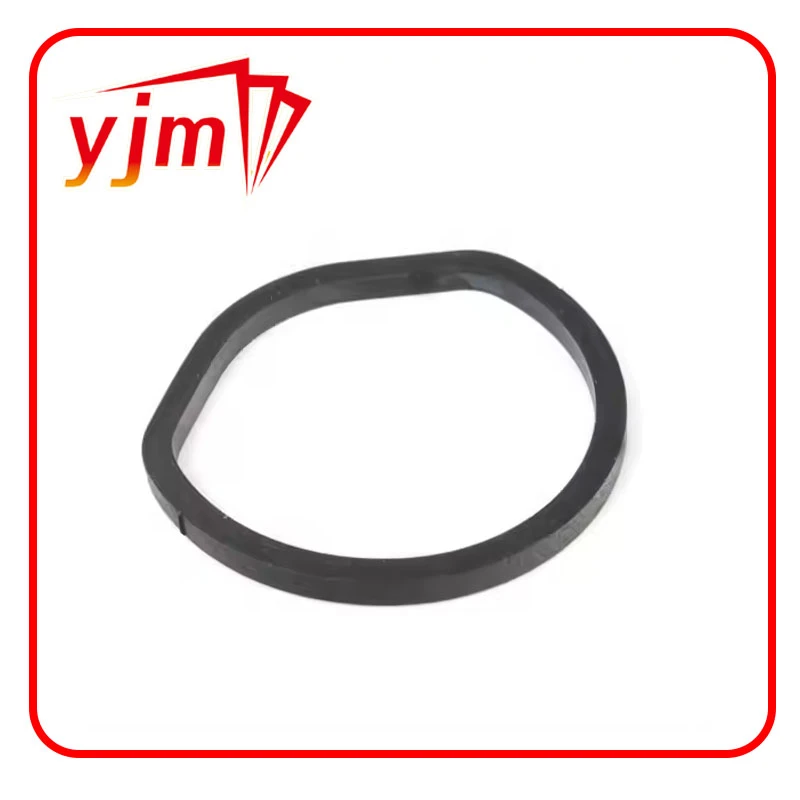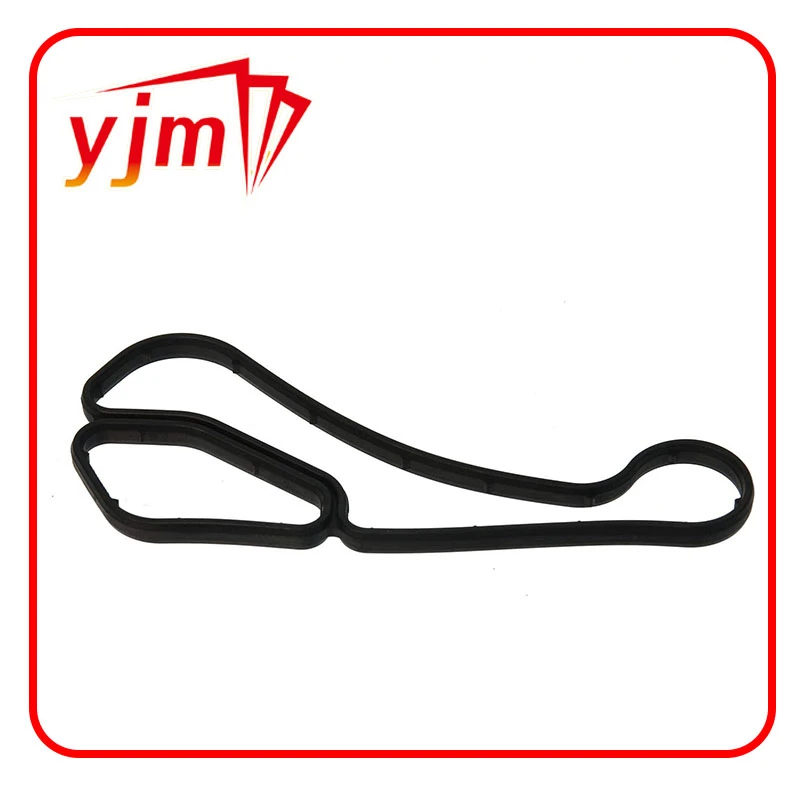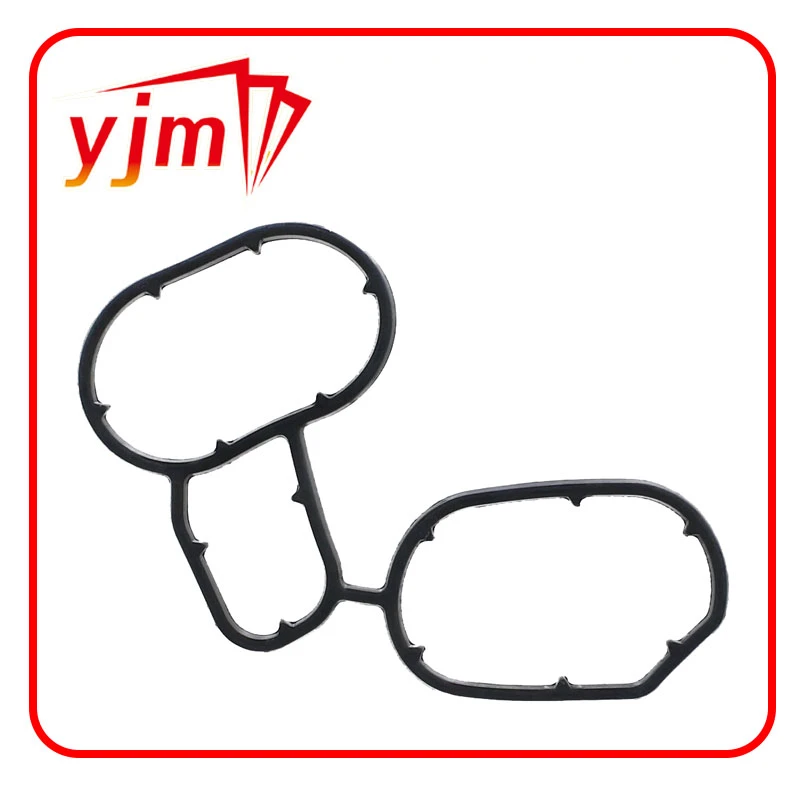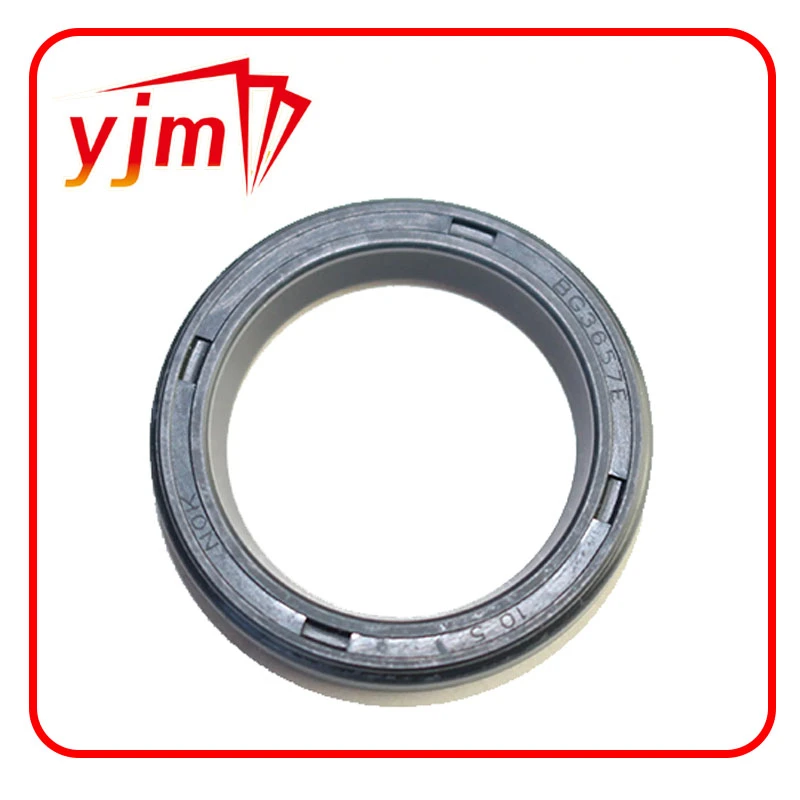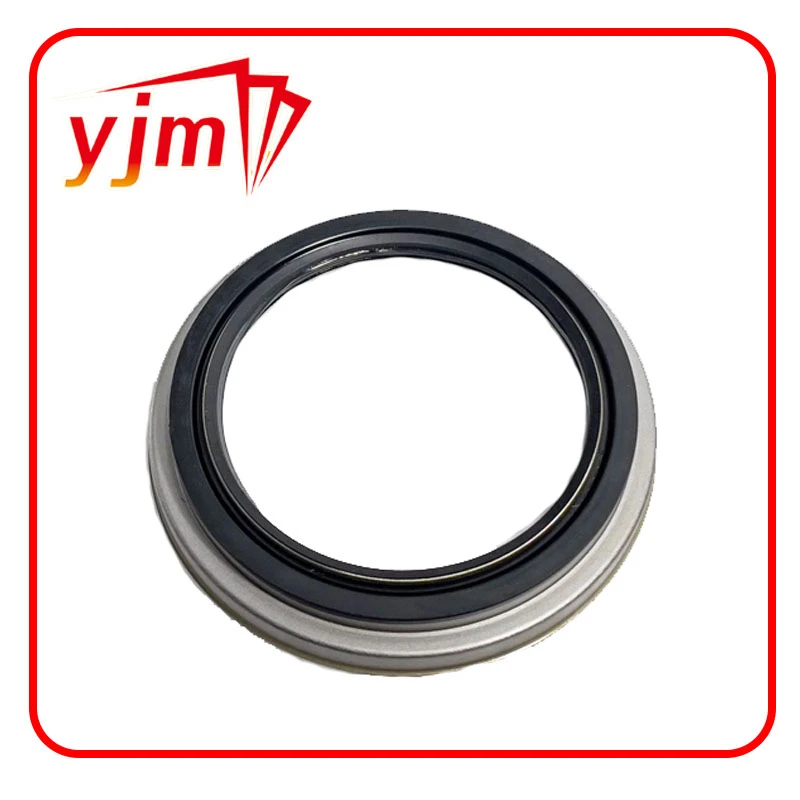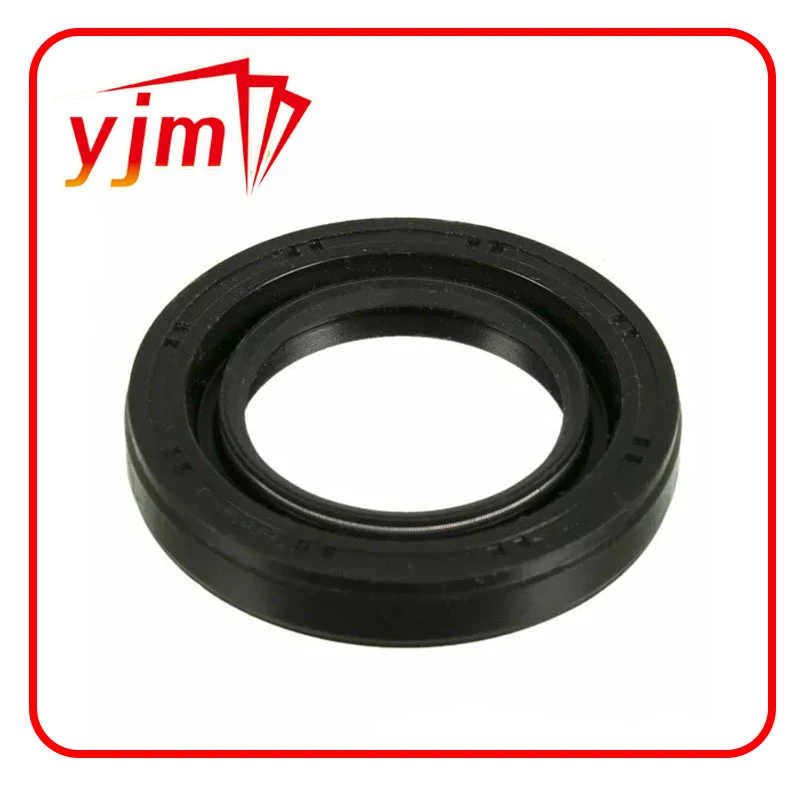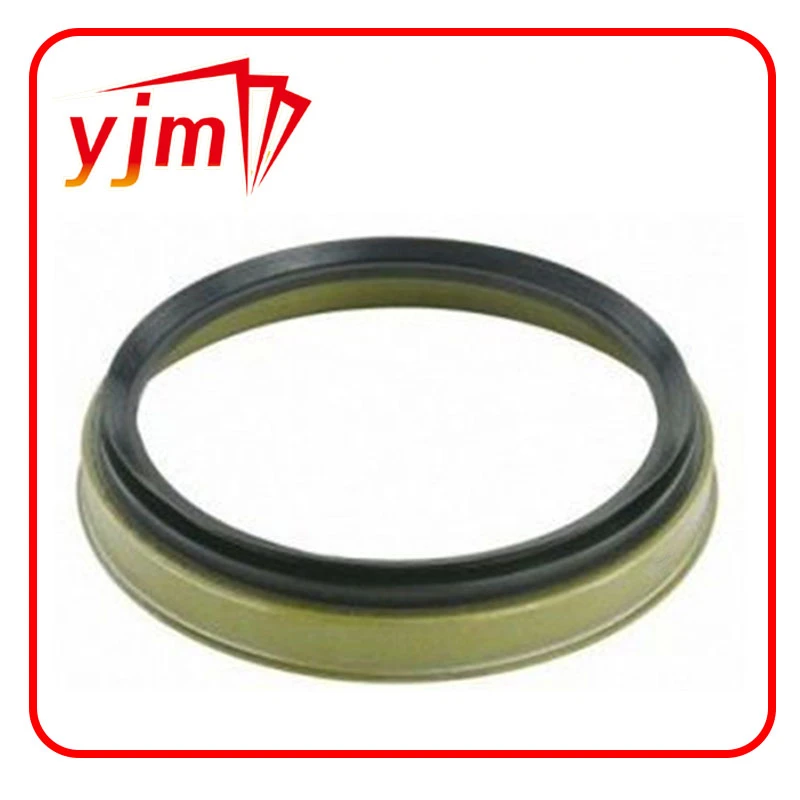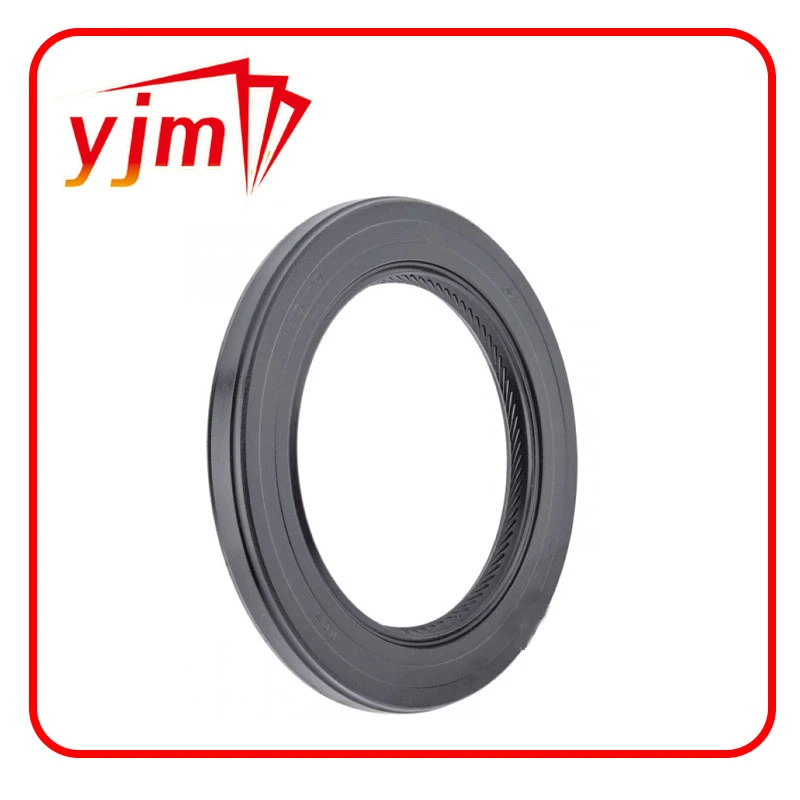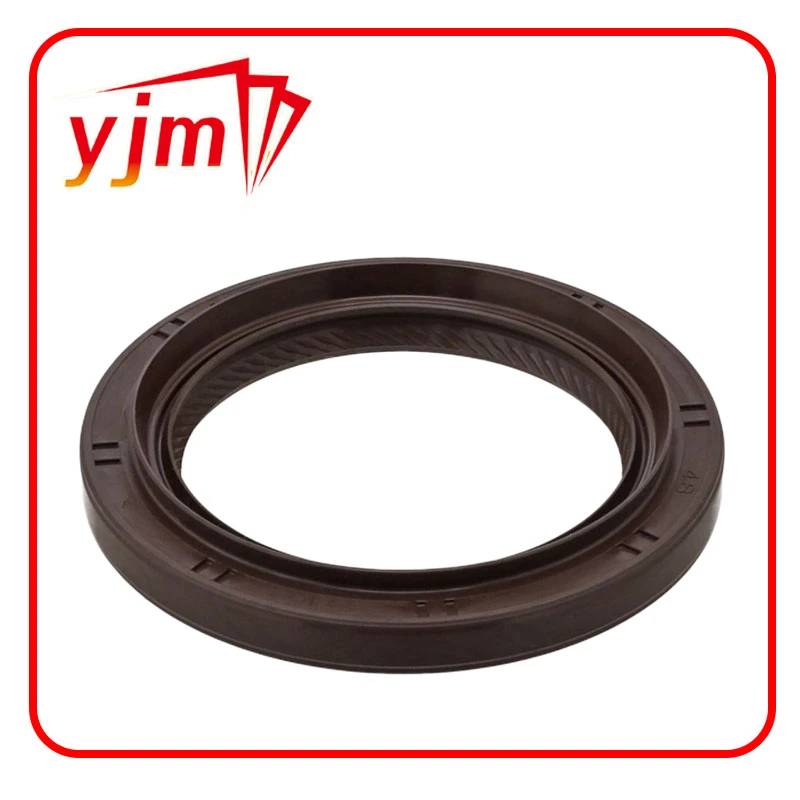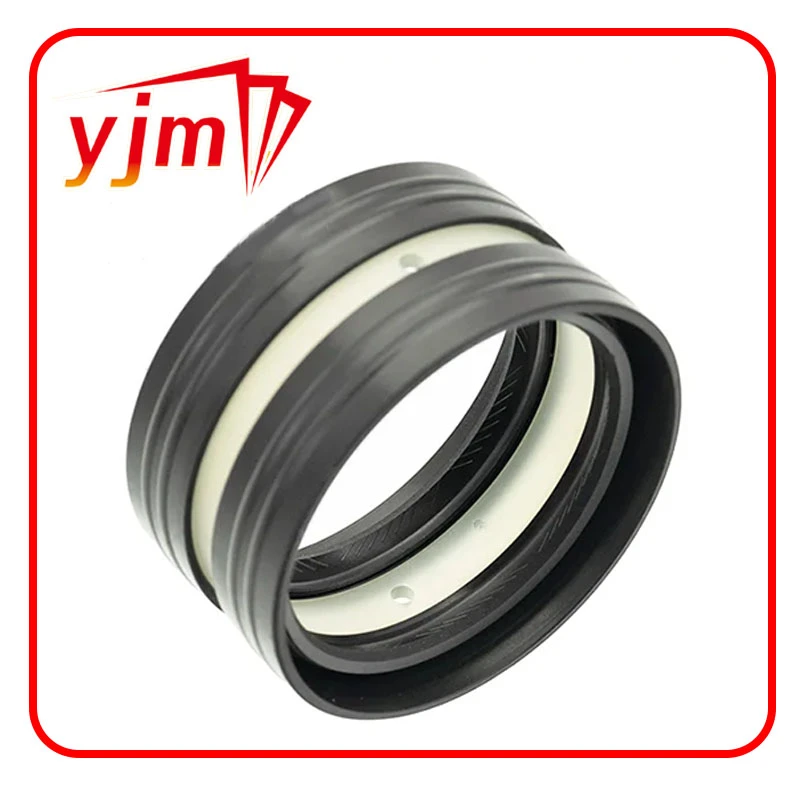car sump plug
Understanding the Importance of the Car Sump Plug A Comprehensive Guide
When it comes to maintaining a vehicle, there are numerous components that demand our attention. Among these, the car sump plug is a critical, yet often overlooked part of the automotive engine system. Also known as the oil drain plug, the sump plug plays a vital role in ensuring the proper functioning and longevity of your engine. In this article, we will explore what the sump plug is, its importance, common issues associated with it, and maintenance tips to keep it functioning optimally.
What is a Car Sump Plug?
The car sump plug is a threaded plug located at the bottom of the engine oil sump, the place where engine oil collects
. Its primary purpose is to allow for the safe drainage of oil during regular maintenance intervals, such as oil changes. When you remove the sump plug, the old engine oil can flow out, making way for fresh oil to enter the system. This process is essential for maintaining the engine's health, as old oil can become contaminated and lose its effectiveness over time.The Importance of the Sump Plug
1. Prevents Oil Leakage The sump plug is designed to create a tight seal, preventing oil from leaking out of the engine. If the plug is damaged, incorrectly fitted, or not tightened properly, it can result in oil leaks, which can lead to severe engine problems and costly repairs.
2. Facilitates Oil Changes Regular oil changes are crucial for keeping your engine running smoothly. The sump plug allows for easy drainage of old oil, making the process more efficient. Neglecting regular oil changes can result in the accumulation of sludge and debris, which can impair engine performance and reduce its lifespan.
3. Monitors Oil Levels Some vehicles have a dipstick that helps in monitoring the engine oil level, but the sump plug is an integral part of the oil level management system. It ensures that the oil remains contained within the sump and at the right levels necessary for optimal engine performance.
Common Issues with Sump Plugs
1. Stripped Threads Over time, the threads on the sump plug can become stripped or damaged, especially if it has been removed and replaced multiple times. If this happens, it can lead to difficulties in securing the plug and potentially result in oil leaks.
car sump plug
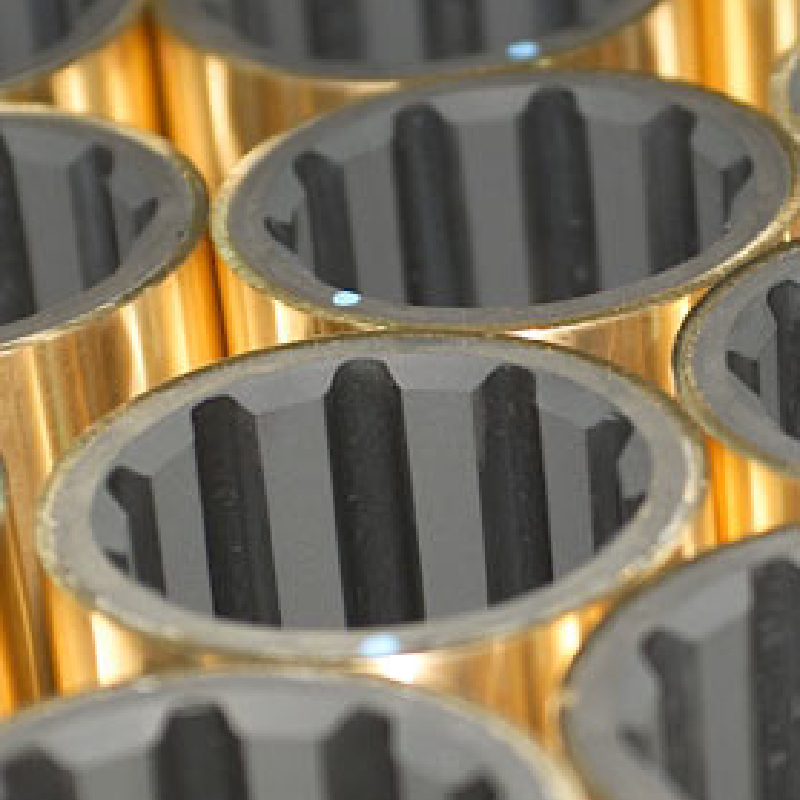
2. Corrosion The sump plug is usually made of metal, which can be susceptible to rust and corrosion over time, particularly in regions with harsh weather conditions or salted roads. Corrosion can compromise the seal integrity, leading to leaks.
3. Cracks or Damage Physical damage to the sump plug, such as cracks, can also lead to leaks. This might occur due to hitting a road hazard or during other maintenance activities.
Maintenance Tips
1. Regular Inspection Check the sump plug regularly for signs of wear, such as rust, cracks, or stripped threads. An inspection should ideally be part of your routine vehicle maintenance.
2. Proper Tightening When changing your oil, ensure the sump plug is tightened to the manufacturer's specifications. Over-tightening can cause damage, while under-tightening can lead to leaks.
3. Use a New Washer When replacing the sump plug, always use a new washer. Oil drain plugs typically utilize crush washers that compress to form a seal; reusing old washers can lead to improper sealing.
4. Monitor for Leaks After an oil change, monitor the area below the vehicle for signs of oil leaks. If you notice any, inspect the sump plug for proper fitting and potential damage.
Conclusion
The car sump plug may seem like a small component, but its role in engine performance and maintenance is substantial. By understanding its function, recognizing potential issues, and adhering to proper maintenance practices, vehicle owners can ensure the longevity and efficiency of their engines. Regular attention to this often-overlooked part will ultimately lead to better engine health and reduced repair costs, allowing you to enjoy your vehicle for many miles to come.
-
Seal 12x20x5: Precision Radial Shaft Seals for Industrial Reliability
News Nov.24,2025
-
Seal 12x18x5: Essential Guide to Specifications, Applications & Vendors
News Nov.24,2025
-
Understanding Seal 12 20 5: Applications, Specifications & Industry Insights
News Nov.23,2025
-
Durable Oil Seal 85x110x12 – Reliable Sealing Solutions for Industry
News Nov.23,2025
-
Durable and Precise Oil Seal 75x95x10 for Efficient Machinery | YJM Seal
News Nov.22,2025
-
Durable Oil Seal 75x100x10 for Reliable Industrial Performance | YJM Seal
News Nov.22,2025
-
High-Quality Oil Seal 65x90x10 | Durable & Reliable Sealing Solutions
News Nov.22,2025
Products categories

